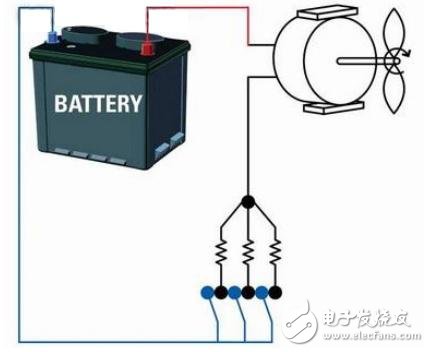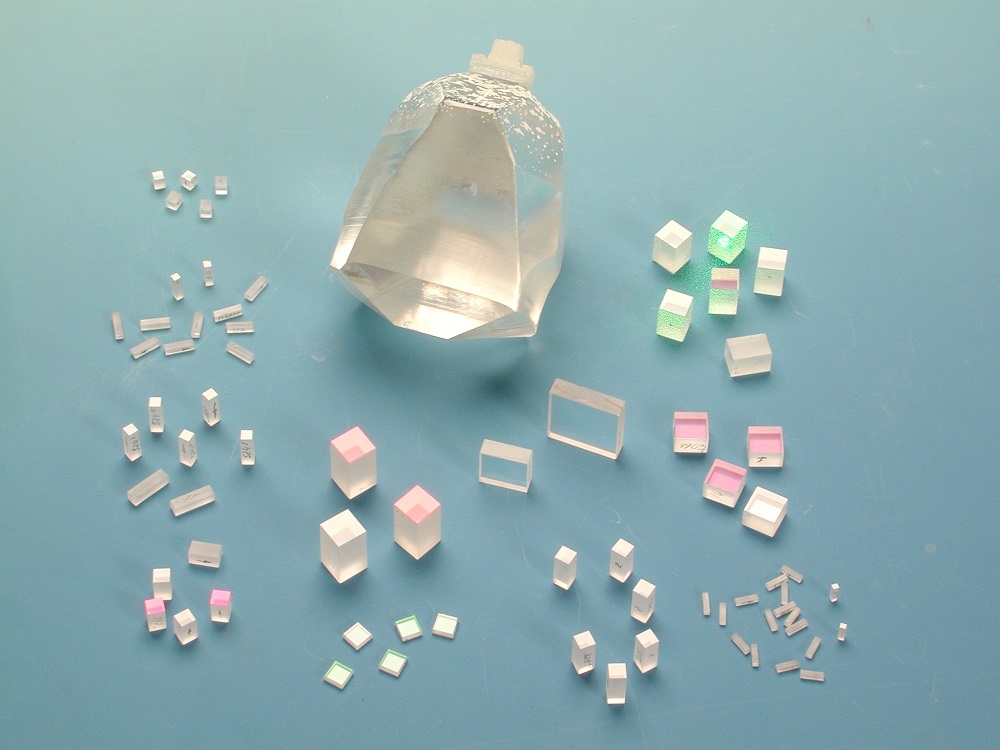The use of motors
We need to go back many years and review the period when vehicles did not use motors. At that time, the vehicle was started by cranking, and the engine cooling fan and wiper were mechanically connected to the engine. The electric motor and the internal combustion engine are quickly combined, and this combination was primarily due to comfort considerations. These motors are low-power motors (<100W), usually only need a simple relay to drive the load, they are the best choice to improve system efficiency and performance. As motors begin to be put into safety applications, such as anti-lock braking systems and traction control systems, motors require more reliable drive systems.
Recently, however, the automotive industry has turned its attention to reducing fuel consumption. The pressure of green transportation has forced engineers to find smart and effective solutions for vehicles as much as possible. The motor can achieve excellent performance when driven by intelligent electronic equipment. Electronic solutions are especially suitable for high-power motors (> 100W). Although engine cooling devices and blowers in modern cars now use electronic power control, the range of applications for electric motors is still very wide. Many functions in automobiles still use mechanical systems connected to the internal combustion engine. Electronic control can bring significant improvements in efficiency, and water pumps and oil pumps are good examples. Using electrical control, power can be effectively transmitted to the motor, so that the motor can accurately meet the power requirements at any time.
Frequency conversion technology brings major opportunities to the automotive field
The application of inverter motor control for vehicle engine cooling devices and blowers is the latest innovation. The engine cooling device and blower of the old model use a speed control system composed of resistors and relays. With this system, the motor speed is limited to a few discrete values. Achieving any speed value requires a resistor in series with the motor. The speed of the motor cannot be optimized for power requirements, so the performance of this solution is extremely low. In most cases, the typical efficiency is less than 50%.
The latest developments in power electronics technology make variable frequency motor control the preferred solution for many applications. Using frequency conversion control, a typical system efficiency higher than 90% can be achieved over the entire load range. Taking a typical 400W engine cooling fan as an example, in a typical load cycle, the power consumption of the electronic controller is 100W less than the resistance fan controller. The 100W of power saved is equivalent to a reduction of about 0.1L in fuel consumption per 100km.

The challenge of using PWM control technology to drive a motor is to meet EMI requirements. At 20 kHz, the system generates noise on the battery side. The current slope di / dt during turn-on and turn-off is the main source of EMI. In order to meet EMI requirements, a passive filter must be connected between the battery and the inverter. This filter usually consists of two large capacitors and an inductor. The cost of the filter is an important cost of the entire system. In a simple system using MOSFETs, the only way to reduce di / dt is to insert a resistor in the gate to slow the switching speed. Doing so will greatly increase the switching losses, reduce system efficiency, and need to increase the size of the heat sink. In such a system, the size of the EMI filter and heat sink need to be weighed.
AUIR3330S uses a proprietary di / dt control for the output to reduce the conducted radiation of the panel. This active di / dt control optimizes the performance of EMI and switching losses and no longer needs to be constrained by the size trade-offs of EMI filters and heat sinks. The realization of this feature requires the formation of a specific gate in the MOSFET, which cannot be achieved using discrete components. For general applications of MOSFETs with drivers, the switching time is controlled by using gate resistors to control the drive current. In addition, AUIR3330S provides a solution that can drive any type of motor at full speed. The high level of integration allows designers to design a compact solution. Only a few external components are needed to quickly realize the full speed range design.
Coupletech Co., Ltd., manufactures, develops and markets a variety of optical crystals which are widely used in the field of optoelectronics, Coupletech product line consists of all kinds of crystal: laser crystals including Nd:YVO4, Nd:YAG, Diffusion Bonded Composite Crystal, Cr:YAG, Nd:YLF etc.; Nonlinear optical ( NLO ) crystals, including KTP, KTA, BIBO, LBO, BBO, DKDP, KDP, LiNbO3 crystal, etc.; Fluoride crystals including CaF2, BaF2, MgF2; Periodically poled crystals: PPLN crystal, MgO:PPLN crystal. We combine high and strict quality manufacturing to supply our products at the most attractive price. We also provide Ti: Sapphire, TGG, AGS, ZGP and other crystals for laser and telecom industries.
Coupletech's Optical Crystal combined with our wide experience and deep technology, we are able to deliver the optimum solution for your applications. We are flexible in customized products and features in high surface accuracy, high surface quality, high flatness. We are also well experienced in the high laser damage threshold AR coatings and HR coatings.
Optical Crystal
Optical Crystal,Laser Crystal,Nonlinear Optical Crystal,Magneto-Optic Crystal
Coupletech Co., Ltd. , https://www.coupletech.com